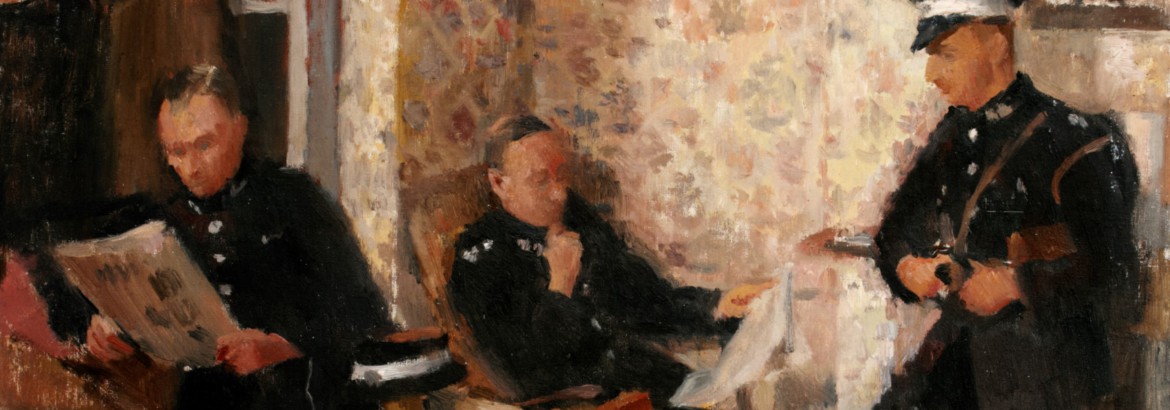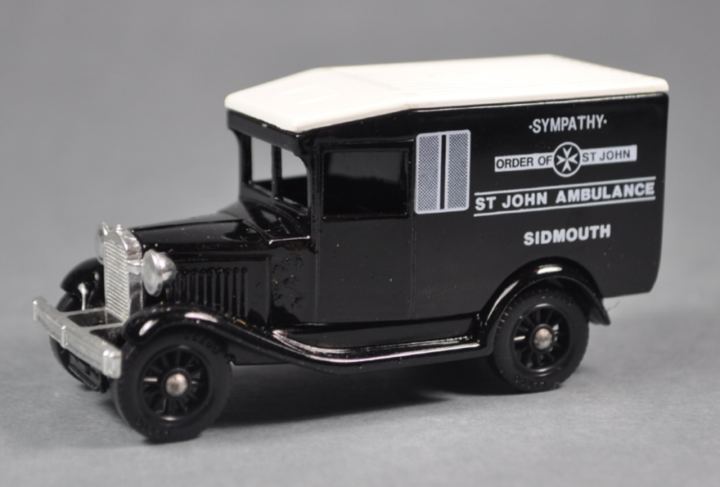The ambulance ‘Sympathy’ is the Order of St John’s oldest ambulance still in existence dating to 1929. ‘Sympathy’ played its most important role in the Second World War. The Ambulance was used to rescue causalities from bombed out buildings during the Blitz on London’s East End.
The Ford Model ‘A’ vehicle was built at Ford’s Old Trafford, Manchester Works. Originally commissioned for St John Ambulance, Sidmouth Division, ‘Sympathy’ served the Sidmouth area for ten years. During the Second World War ‘Sympathy’ was transferred for service as a rescue vehicle in the City of London and the East End during the London Blitz. Consequently, the ambulance was affixed with high output dynamo to ensure reliable lighting at night. Rescuing citizens from the horrific bombing contributed to the wear and tear of the ambulance. After many years of intensive and exceptional service, ‘Sympathy’ was decommissioned and sold. Eventually the ambulance was found on a farm being used as a chicken coop. After its rediscovery by St John volunteers, the ambulance was treated for an extensive renovation and restored to its original 1929 condition.
Today the ‘Sympathy’ is used again as a flagship ambulance for fund-raising events to support St John Ambulance; the international first aid charity within the Order of St John. Admired and loved, the Ambulance was also made into a toy model; the example above is the Lledo Sympathy Promotional Model produced in 1999 to commemorate the 70th anniversary of the commissioning of the ‘Sympathy.’
With many thanks to Mr John Taylor.





